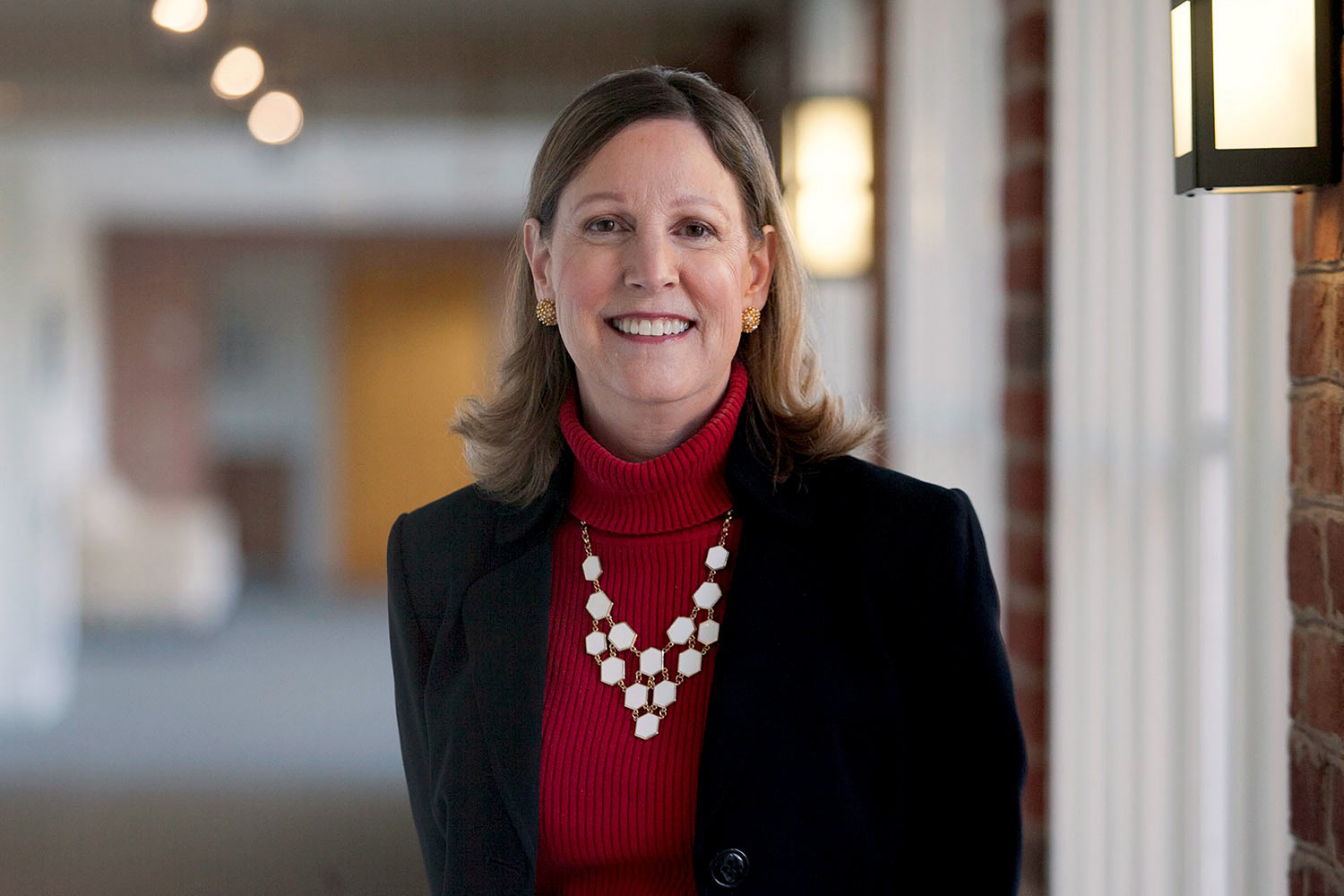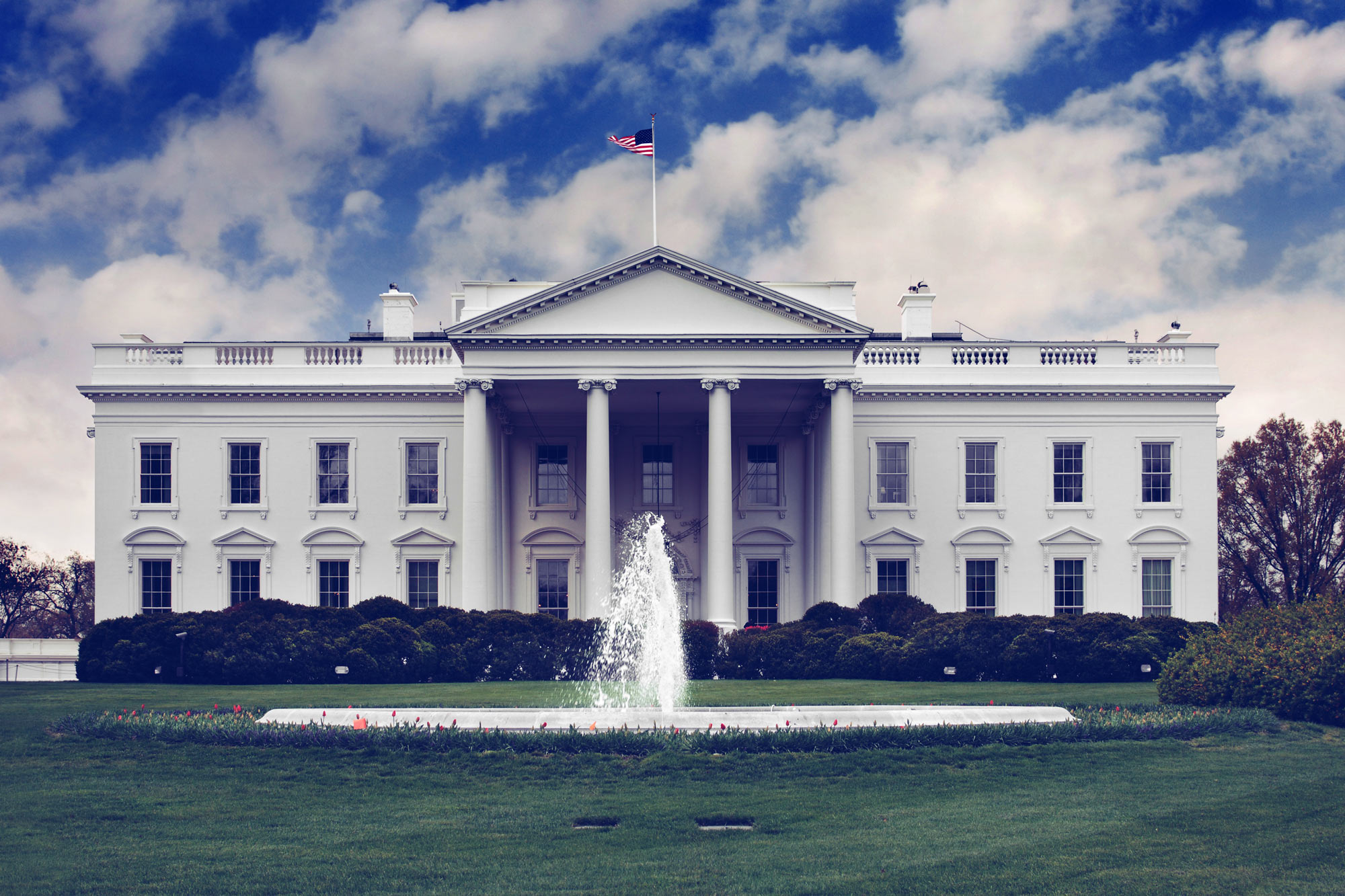Beginning with the firing of FBI Director James Comey on May 9, the Trump administration has spent the last week dealing with a series of high-profile controversies. Comparisons to the Nixon administration were ubiquitous after news broke of Comey’s removal, but the 37th and 45th presidents are not the first to deal with a storm of fallout after shakeups in their administration.
Political scientist Barbara Perry can point to modern presidents on both sides of the aisle who have had to deal with major consequences from self-inflicted wounds. Perry is the director of presidential studies at the University of Virginia’s Miller Center and co-chairs the center’s Presidential Oral History program, roles that have afforded her an in-depth look at the inner workings of past administrations.
She recently shared her expertise with UVA Today, taking questions on what history can tell us about Comey’s dismissal and how presidents on both sides of the aisle have dealt with growing controversies.

Perry is the director of presidential studies at the University of Virginia’s Miller Center and co-chair of the center’s Presidential Oral History program. (Photo by Amber Reichert)
Q. Is there any precedent for this many high-profile shakeups so early in a presidential administration?
A. Looking just over the modern era – and usually we date that from Franklin Roosevelt and Harry Truman onward – there have been about 35 people who were directly fired or resigned at the request of the president. That includes Cabinet officers, directors and senior White House officials. So it’s been a small number across those presidents, but it’s an average of maybe three or four per presidency. Usually it’s spread out over four or eight years.
Typically, presidents don’t clean house with multiple firings, and more to the point, they don’t often call them “firings.” They call them “resignations,” because that saves face for the person who is being ousted and it helps the president to appear less chaotic.
Now that isn’t the case for four members of the Cabinet who were let go by Jimmy Carter in a short period in 1979. The Secretary of the Treasury, the Secretary of Health, Education and Welfare, the Secretary of Transportation and the Secretary of Energy were all let go together because Carter was running for reelection and the economy was collapsing. That was his attempt to let people know that he was really on the ball, but the move really didn’t help him. The economy continued to tank and he lost the election.
Q. Many commentators have grouped the firing of Sally Yates together with those of Michael Flynn and James Comey. Is it fair to categorize these three similarly?
A. Some people could think of Yates, Flynn and Comey being let go as a grouping, but I would say with Yates especially, these three do not smack of “the Saturday Night Massacre” – Nixon’s firing of special prosecutor Archibald Cox, and the resignations of the attorney general and deputy attorney general all in two days in 1973.
[Yates, Flynn and Comey] weren’t all let go at the same time and Sally Yates was fired because she would not support the executive order on the travel ban. That did not even strike me as that unusual at the time. She was the previous president’s appointee and she wasn’t supporting this president on an executive order that was one of his main campaign promises. It made sense that she would be let go, regardless of one’s views of the travel ban.
Q. How has controversy led to White House isolation in the past?
A. As things go badly for them, presidents tend to get isolated when they don’t want to deal with the truth.
I think Carter suffered from that when he went up to Camp David for a long time and came back with what came to be known as his “Malaise Speech” in 1979. His speech argued that Americans were losing faith in their nation and I think it was another sign that he had lost control. The speech was well-received at first, but he plunged in the polls after firing four members of his Cabinet shortly after delivering it.

We also see some isolation for Reagan at the end of his presidency with Iran-Contra. When he announced to the American people that he had sold arms for hostages, he said, “A few months ago I told the American people I did not trade arms for hostages. My heart and my best intentions still tell me that’s true, but the facts and the evidence tell me it is not.” That didn’t sound very reassuring to the American people and again, there’s a distancing from the truth.
For Carter and Reagan, I think you can point to the fact that as they became more embroiled in scandals or policy problems, they probably became more isolated.
Q. When incidents like this take over the news cycle, is there a tangible effect on the president’s ability to achieve policy goals?
A. Yes, because all of the political oxygen is sucked up in Washington. If a scandal takes over, Congress is often tied up investigating and the news cycle is tied up and holding the public’s attention elsewhere.
All you have to do is look at what happened to Trump last week. He could have come out of the week with a victory in having the House pass his repeal of Obamacare and he could have carried that victory over to the next week as he prepares for his trip abroad. State trips have previously been used by presidents with sinking poll numbers as a way to give themselves a boost at home. Traveling like this makes them look statesmanlike on the international stage.
But since so many people abroad are following these controversies, too, it doesn’t seem as if leaving the country will help the president rise above them.
My question is, “Will meeting with the pope help?” If there’s anybody you can meet with abroad that might help improve your image, it’s the pope. Trump should hope for a lot of photos with the pontiff.
Media Contact
Article Information
May 16, 2017
/content/weathering-storm-what-history-tells-us-about-presidents-political-fallouts

